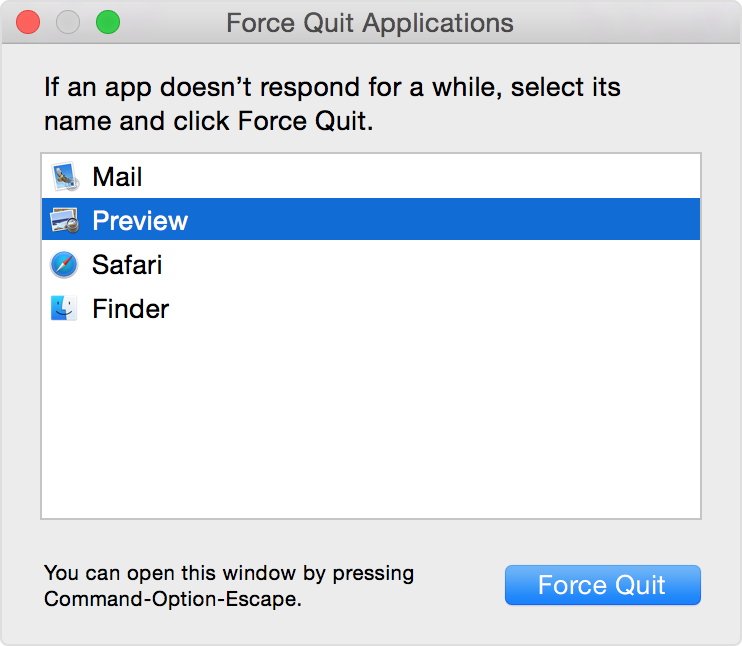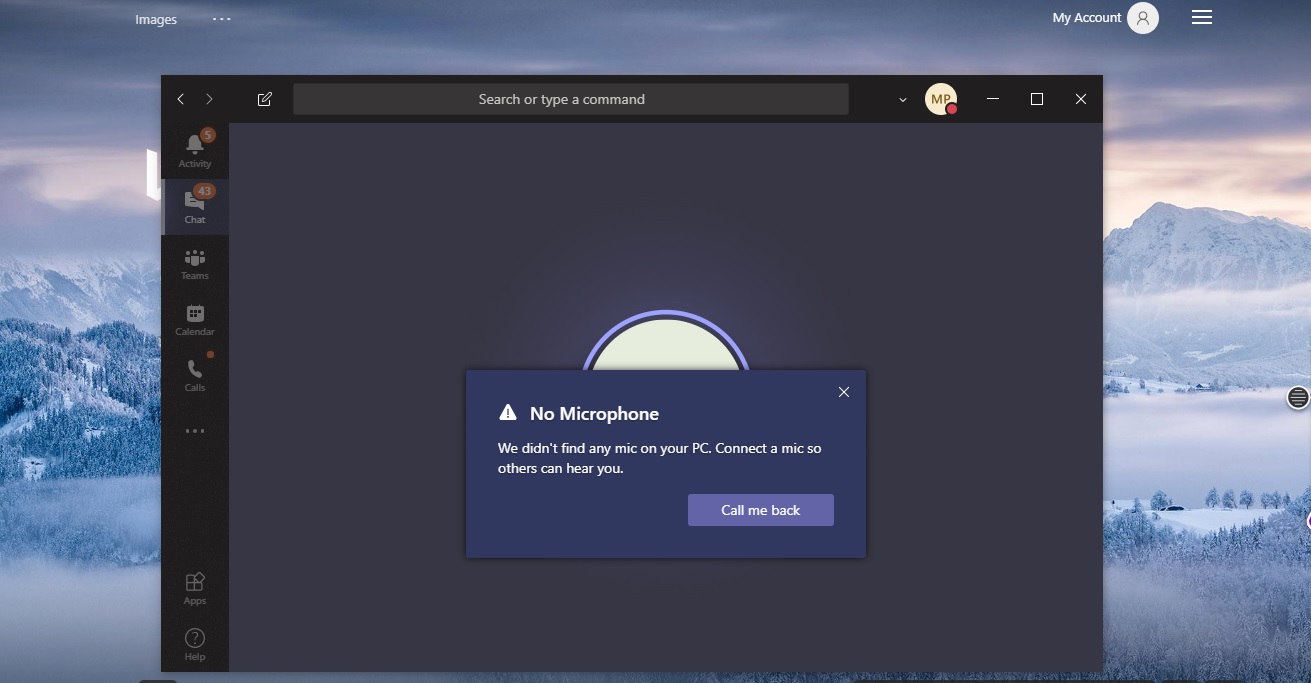
Relaunch the app, and see whether this has resolved your problem.Delete the app’s original container folder.If you haven’t already, create a copy of this folder and place it outside of the Library/Containers folder.Find the container that’s associated with the application that’s been causing you so many problems, for example is the container for the Mail app, and is the container for Preview.Enter the following file path: ~/Library/Containers.Open a Finder window and select ‘Go > Go to Folder…’ from the toolbar.It’s also recommended that you create a copy of the container folder before deleting it, so you have an easy way of restoring the container folder to its original state if you do encounter any issues. This folder contains files that will be auto-generated the next time you launch the related app, however it may also contain the application’s settings, or unsaved and autosaved documents, so you should only resort to this fix after exhausting all other options. If this error message is popping up on a regular basis, or it persists across a reboot, then as a last resort you may want to try deleting the application’s container folder. If you’ve done your best to close all associated processes but are still encountering error messages, then your only option may be to restart your Mac. If you’re unable to track down all of an application’s processes, then it’s possible that this app may continue to linger in the background, triggering more error messages. While forcing quitting all of an application’s processes is usually enough to resolve the issue, some apps have a large number of processes, or strangely-named processes that aren’t easy to spot in the Activity Monitor. Read the warning dialogue and, if you’re happy to proceed, click ‘Force Quit.’.To force quit a process, select it and then click the little ‘X’ button (where the cursor is positioned in the following screenshot).If your search returns any processes you’re unsure about, then researching this process online can usually turn up all the information you need to decide whether it’s safe for you to hit that ‘force quit’ button or not. Note that this may include processes that are not related to the application in question, so automatically force quitting every process in this list may have negative consequences for other applications or even the wider macOS system.




If the misbehaving app appears in this list, then select it and click ‘Force Quit.’ The subsequent popup displays a list of all the apps that are currently running on your Mac.Click the ‘Apple’ logo in your Mac’s menu bar.Your Mac can only force quit apps that it detects as being open, so misbehaving applications won’t always appear in the ‘Force Quit’ menu, but since this is the easiest method it’s always worth a shot:


 0 kommentar(er)
0 kommentar(er)
